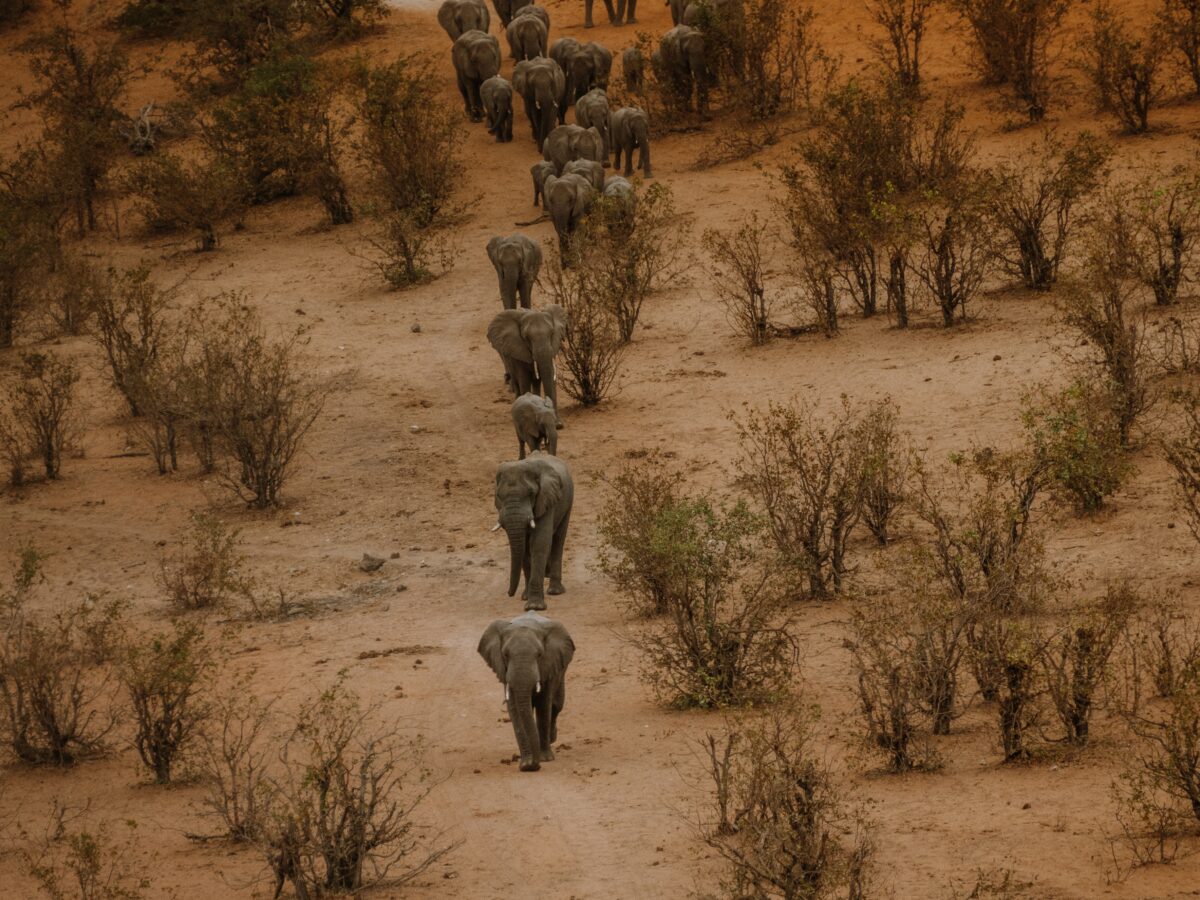Globally, one in ten people lack access to clean water today. Water is essential to life, and clean water is essential for a long life. Water-related diseases, like cholera and typhoid fever, are a leading cause of death and mostly result from inadequate sanitation. Anthropogenic climate change is threatening areas that are already water-scarce, which will further exacerbate the problems that arise from limited clean water. The World Wildlife Fund predicts that by 2025, two-thirds of the world’s population may face water shortages. Climate change and water scarcity are intrinsically connected, and when discussing the climate crisis, water scarcity must be discussed in tandem.
Climate change will soon become a multifaceted crisis disrupting systems of existing economic, political, social, and environmental norms. The management and allocation of water is at the forefront of these problems, since climatic changes will disrupt patterns of precipitation and temperature, both of which control water supply. With decreasing water availability, people will have to spend more time finding and collecting clean water. This will take away from economic productivity because it limits time available to complete other jobs and even keeps children out of school.
Water scarcity problems could be solved by thinking about water differently. Water doesn’t have to be treated as “scarce” or “abundant,” but rather, as a process. The water cycle is connected to all other natural processes that support life on Earth. To restore desertified areas and bring water back to communities that are experiencing longer and more severe drought, people must understand the water cycle, and use that knowledge to help restore water supplies.
One town has accomplished just that: Sianyanga, Zimbabwe. Sianyanga is a small rural community located in Zimbabwe’s poorest province, Matabeleland North. This village, comprising about 150 households, has fallen victim to desertification. Much of the world’s arable land has experienced this issue, where a mixture of subpar land management, overgrazing, and development have disrupted the water cycle. Trees are also cut down and grasses are removed for crops, which further disturbs the natural cycles by drying up soils via sun exposure. Dried soil becomes useless, as it cannot support life.
Sianyanga depended on the Nalomwe River for its water supply until the 1980s, when it dried out. The once productive, fertile village could no longer support its livestock or grow a sufficient amount of food. Villagers became dependent on international food aid and became increasingly impoverished. Another terrifying side effect of the desertification in Sianyanga was the explosion of “izinyebe,” or biting ants. These ants thrive on bare soil and have put villagers in the hospital, even killing some of their baby goats by eating their eyes. To make matters worse, the ants fed on planted crops like the groundnuts and cowpeas that had replaced the natural trees and grasses.
Wildlife biologist Allan Savory, a co-founder of the Africa Centre for Holistic Management in Zimbabwe, was able to bring some relief to this struggling village. Savory created a model known as Holistic Planned Grazing which was applied to Sianyanga. He developed the model after researching, in the 1950s to present-day in Zambia, how soil deteriorated when grazing animals were removed. This led him to conclude that the animals and land had a mutually dependent relationship–they evolved together. The grazing model that he then developed included livestock management, which allowed for grass nibbling to promote growth, waste to add organic matter, and trampling to aerate soil and compress dead plant matter to accelerate decomposition. All the while he kept the animals moving around so as not to damage the plant cover. Savory’s model mimics the practice that animals would naturally exhibit if exposed to natural predation.
Environmentalists often focus on landscapes that are suffering from overgrazing, but Sianyanga has actually suffered from under-grazed land. Using the Holistic Planned Grazing model which was applied to 12 million acres across six continents, Sianyanga now has stable riverbanks covered in grass. The Nalomwe River now flows months longer into the dry season. These changes have resulted in increased and improved wildlife habitat, the return of animals to the community, the elimination of most biting ants, and more fertile crop fields. Food aid is not required anymore, and hunger and poverty rates have decreased. Busie Nyachari, a mother from Sianyanga, explained how the rebounded soil has helped improve the local economy: “Neighboring communities now come to us for food.”
Sianyanga still experiences problems from desertification, but the revitalization of local grazing exemplifies how a relatively simple conservation practice can have a positive impact. Additionally, this grazing process that re-aligns the local water cycle has larger-scale benefits, even helping to slow climate change. Bare ground, which is visible in under-grazed and overgrazed areas, can be considered the rural equivalent of an urban heat island because it does not store carbon or hold water, which limits plant growth. Decreased plant life leads to an increase in atmospheric carbon dioxide, which contributes to climate change. In contrast, croplands and grasslands build up carbon in the soil via photosynthesis, which not only pulls out atmospheric carbon dioxide but also increases soil carbon, helping to promote more plant growth. These factors create a beneficial, negative feedback loop.
Water cycle restoration via productive grazing practice is an example of a holistic approach to mitigating the effects of climate change. By taking into account multiple aspects of life and its cycles, people can change their behavior to naturally rehabilitate degraded ecosystems.
Sources
F. (2016, April 13). Reversing desertification through livestock grazing. Retrieved October 09, 2020, from https://thefern.org/ag_insider/reversing-desertification-livestock-grazing/
Miller, A. (2017, September). Yesterday’s Farm, Today’s Desert. Retrieved October 09, 2020, from https://www.thetrumpet.com/16073-yesterdays-farm-todays-desert
Schwartz, J. D. (2016, April 11). Saving the Cows - and Grasslands - of Rural Zimbabwe. Retrieved October 09, 2020, from https://psmag.com/news/saving-the-cows-and-grasslands-of-rural-zimbabwe
Water and Poverty: How Access to Safe Water Reduces Poverty. (2018, November 02). Retrieved October 07, 2020, from https://lifewater.org/blog/water-poverty/
WWF. (2020) Water Scarcity. Retrieved October 06, 2020, from https://www.worldwildlife.org/threats/water-scarcity

